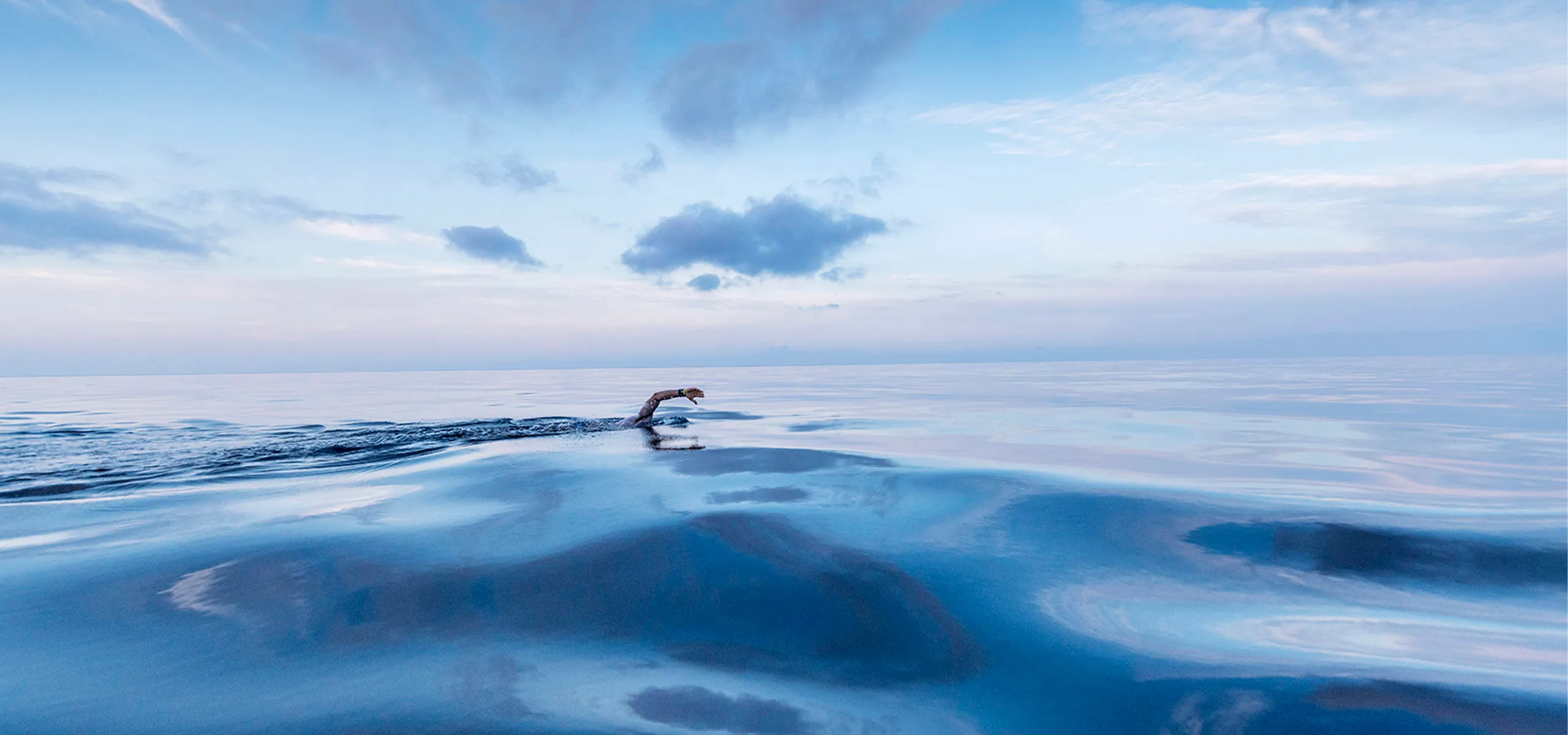These are the local and global statistics that grabbed our attention from the insightful Digital 2021 report, published recently by We Are Social and Hootsuite
These are the local and global statistics that grabbed our attention from the insightful Digital 2021 report, published recently by We Are Social and Hootsuite.
Every February, we look forward to unpacking the statistics about Malta’s digital and social media activity, released by We Are Social and Hootsuite as part of an extensive global overview.
Analysing this informative report helps us look back at what happened in 2020, a year we can all agree was quite ‘special’, and sets a course of approach for the rest of 2021.
Let’s start with what happened in Malta.
Malta in 2020
From Tik Tok to Simpatici
- 95% of the Maltese population is now on social media in some form or other, which is a 5% increase since the end of 2019
- Almost 71% of the population are Android users, which is almost a 4% decrease from the end of 2019, whilst Apple users increased by over 9%
- Just over 53% of internet users made an online purchase or payment
- Facebook is still the most popular social media platform, engaging around 93% of the population aged over 13
- Every month on average, Facebook users like 20 posts, comment 12 times, and click on ads 26 times, whilst only a maximum of 2 Facebook pages tend to be liked by one person on a monthly basis
- Instagram was the fastest growing platform of 2020, amassing 62% of the Maltese population aged over 13, with a significant 71% of Instagram’s users in Malta being male
- Advert reach and traffic did not improve on most social media platforms, but Instagram saw a strong 26% increase
- Across all social media platforms, women were twice more likely to engage and take action by liking, sharing or commenting on online content
- ‘Coronavirus’ was the 12th most googled word, more than ‘Google Translate’ and ‘Maltapark’
- It might not be ‘FRIENDS’, but Malta’s retro sitcom ‘Simpatici’ ended up regaining a significant online following during the lockdown and quarantine periods, becoming the 10th most YouTubed term of 2020, almost as much as ‘Minecraft’ and more than ‘Peppa Pig’
What does this tell us about Malta in comparison to the rest of the world?
Most of the above figures reflect the global situation, including Facebook's continuing social media monopoly, as well as the effectiveness of Instagram for digital advertising.
Malta’s fastest growing Facebook audience is aged 65+, which is also happening in many other countries around the globe, and Tik Tok closely follows Instagram in popularity increase amongst Gen X and Gen Z, with #Malta having been featured in Tik Tok videos over half a million times as of the time of writing.
So whilst a Facebook presence is still imperative for local brands, especially to engage with their older generation of customers, Instagram is continuing to persist as an essential platform to maximise on when it comes to online marketing and community building.
And now, some insightful statistics from the rest of the world.
The world in 2020
Of dating apps and online food deliveries
- Social media use worldwide saw a huge rise, with almost 500 million new users, i.e. an increase of over 13%
- The average human being used the internet for almost 7 hours every day, and used social media platforms for almost 3 hours per day
- Aside from an increasing need for video chatting platforms to be able to work from home, primarily through Zoom and Google Meets, the apps which saw the highest increase in global downloads included Tik Tok, Instagram, Netflix, Telegram and Snapchat
- There are now close to 700 million Tik Tok users, which is over twice more than Twitter
- Tinder was the app people spent the most of their money on, more than Netflix and Disney+
- Whilst half of world internet users first resorted to visit a brand’s website in order to gain more information, almost a quarter used social media instead, especially Gen X and Gen Z
Final thoughts
Digital humanisation as we try to look forward, beyond the pandemic
Apart from the global reports on digital and social media activity in 2020, We Are Social also launched a thought-provoking set of objectives which brands should prioritise in 2021.
From the year of COVID-19, we’ve learnt that purpose-driven initiatives make a huge difference. In fact, the Digital 2021 reports show that more than 25% of consumers bought from a brand for the first time after getting on board with that brand’s core values by virtue of meaningful campaigns and online content.
Moving forward towards (hopefully) a less restricted future, brands should focus on fostering a sense of community belonging amongst their customers. When engaging content creators to help expand your brand’s social impact, prioritise trustworthy creatives who are willing to engage in storytelling and community building, hand in hand with your brand.
Globally, people have started returning to the original purpose of social media — of feeling connected to their closest loved ones and to like-minded individuals or brands on a broader scale. We’re all seeking higher quality connections online, so make sure your brand is there to join the conversation, and possibly even influence it.
To read the full reports, visit:
Malta
https://datareportal.com/reports/digital-2021-malta
Global
https://wearesocial.com/digital-2021
More insights
Scroll for more

Step by Step Guide to Protect Your Social Media Accounts
Always a hot topic, the hacking conversation begins again. Phishing scams and imposter accounts are on the rise, but this time the threat feels much closer to home.


